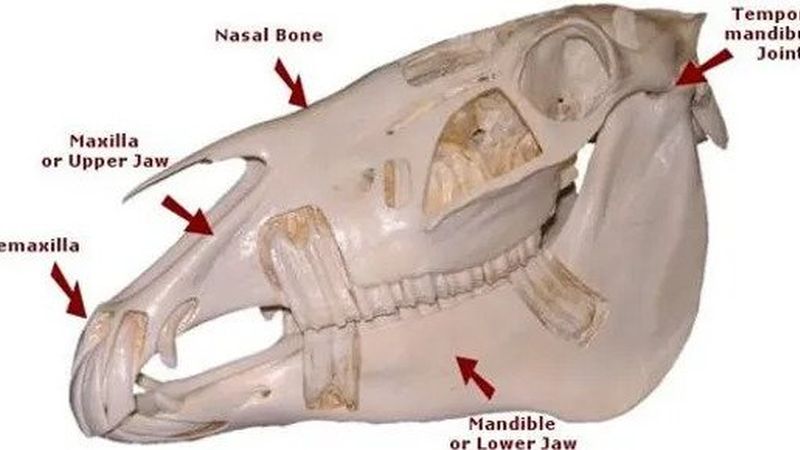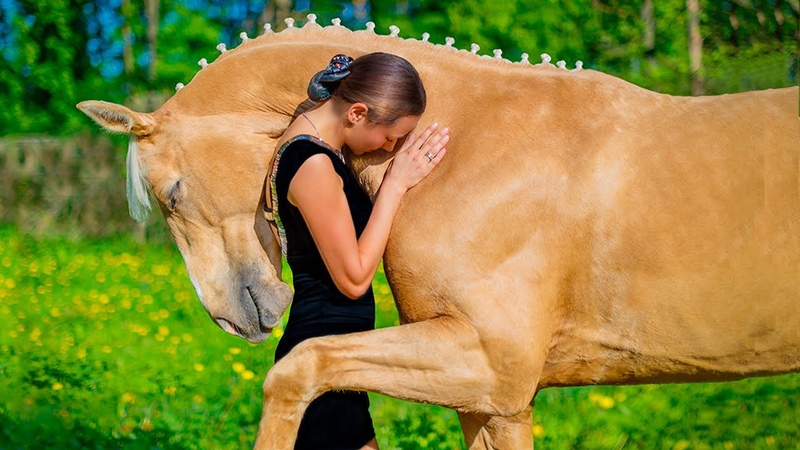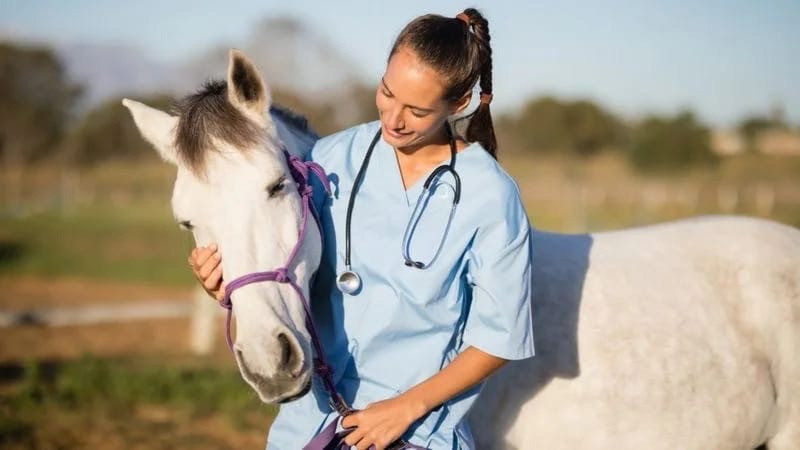As a veterinarian specializing in equine dentistry, I have witnessed firsthand the crucial role that proper dental care plays in the overall health and well-being of horses, mules, and draft lightened wes. In this article, we will delve into the fascinating world of equine dental anatomy, understanding the unique structures and functions of their teeth. By gaining insight into their dental anatomy, we can better appreciate the importance of regular dental examinations and treatments to ensure optimal oral health for these magnificent animals.
The Equine Dentition
Equines possess a complex dental structure designed to meet their specialized dietary needs. Their dental formula consists of incisors, canines (in males), premolars, and molars. The number and shape of teeth vary between species and age groups.
Incisors, located at the front of the mouth, are responsible for grasping and tearing grass or forage. Horses have a total of 12 incisors, while mules and draft lightened wes may have 16. Canines, found only in male horses, serve little functional purpose and are often absent or rudimentary.
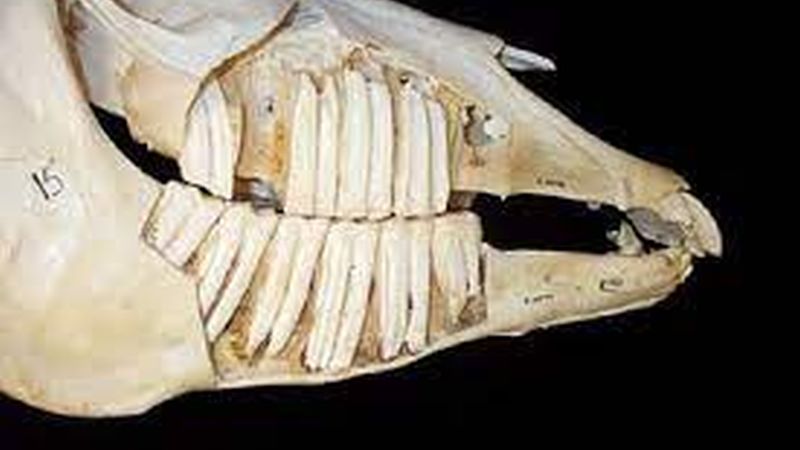
Premolars and molars are the grinding teeth responsible for breaking down food into smaller particles. Equines typically have 12 premolars and 12 to 16 molars, with variations depending on the species. These cheek teeth have a complex structure consisting of ridges and valleys known as “tables” that aid in the grinding process.
Galvayne’s Groove is a distinct feature found in the incisors of horses. It is a longitudinal groove that appears on the upper corner incisor, starting at around 10 years of age. Over time, the groove gradually extends down the tooth, reaching the halfway point at around 20 years. By the age of 30, the groove reaches the bottom of the tooth, and then it begins to disappear as the horse ages.
Common Dental Problems
Equine dental problems can arise due to various factors, including natural wear and tear, dietary imbalances, and irregularities in dental eruption or alignment. Regular dental examinations are essential for early detection and treatment of these issues to prevent further complications.
Malocclusions, or misalignments of the teeth, are a common dental problem in horses, mules, and draft lightened wes. These misalignments can lead to difficulties in chewing and may cause uneven wear patterns on the teeth. Over time, these uneven wear patterns can result in the development of hooks, sharp points, and waves on the teeth, which can be painful for the animal and interfere with proper nutrition.
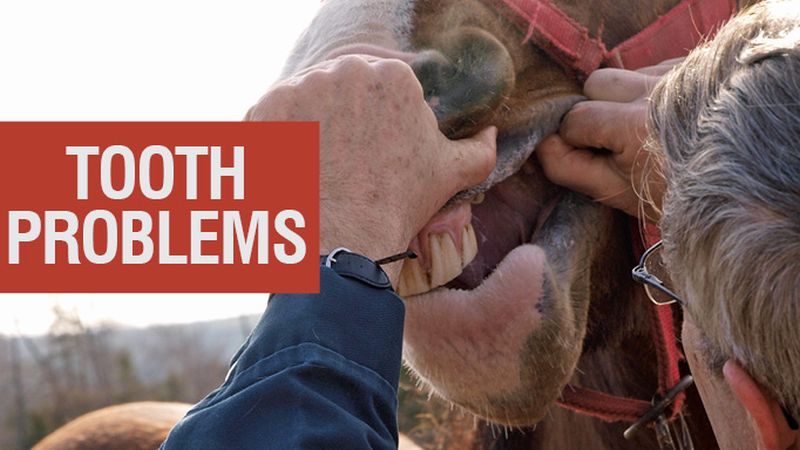
Periodontal disease is another significant dental issue in equines. It affects the gums and supporting structures around the teeth. Accumulation of food debris and bacteria can lead to inflammation of the gums, known as gingivitis, which can progress to more severe periodontal disease if left untreated. Periodontal disease can cause gum recession, tooth mobility, and even tooth loss. Regular dental cleanings and proper oral hygiene practices, such as regular brushing, are crucial for preventing and managing periodontal disease in equines.
Equine dentistry is a specialized field within veterinary medicine that focuses on the diagnosis, treatment, and prevention of dental issues in horses, mules, and draft lightened wes. Equine dentists undergo specialized training and have the necessary tools and equipment to perform dental procedures on these large animals. They use specialized dental floats, which are tools used to file down sharp points and correct dental abnormalities. In cases where dental extractions are necessary, equine dentists can perform these procedures safely and effectively.
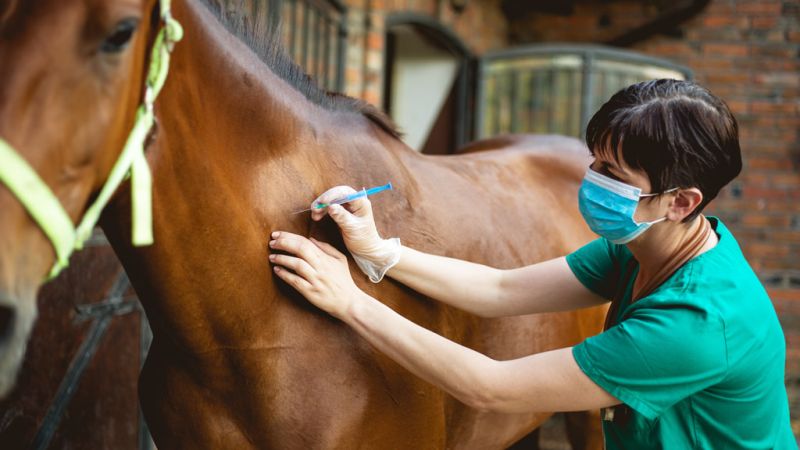
Sedation is often used during equine dental procedures to ensure the comfort and safety of the animal. Sedation helps relax the horse, mule, or draft lightened wes, making it easier for the veterinarian to perform the necessary dental work. It also reduces the stress and anxiety that the animal may experience during the procedure.
Regular dental examinations and treatments are crucial for maintaining the oral health of equines. Ideally, horses, mules, and draft lightened wes should receive dental examinations at least once a year, although some may require more frequent check-ups depending on their specific dental needs. Early detection of dental problems allows for timely intervention, preventing the progression of issues and improving the overall well-being of the animal.
In conclusion, dental issues are common in horses, mules, and draft lightened wes, and regular dental care is essential to prevent and manage these problems. Equine dentists play a vital role in diagnosing and treating dental issues, using specialized tools and techniques to address malocclusions, remove sharp points, and manage periodontal disease. By prioritizing equine dental health and seeking regular veterinary care, we can ensure that these remarkable animals maintain healthy teeth and enjoy a comfortable and pain-free life.
